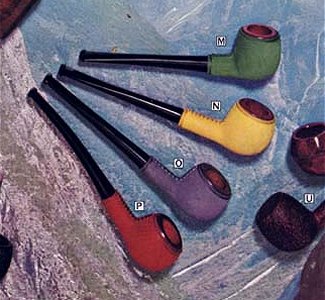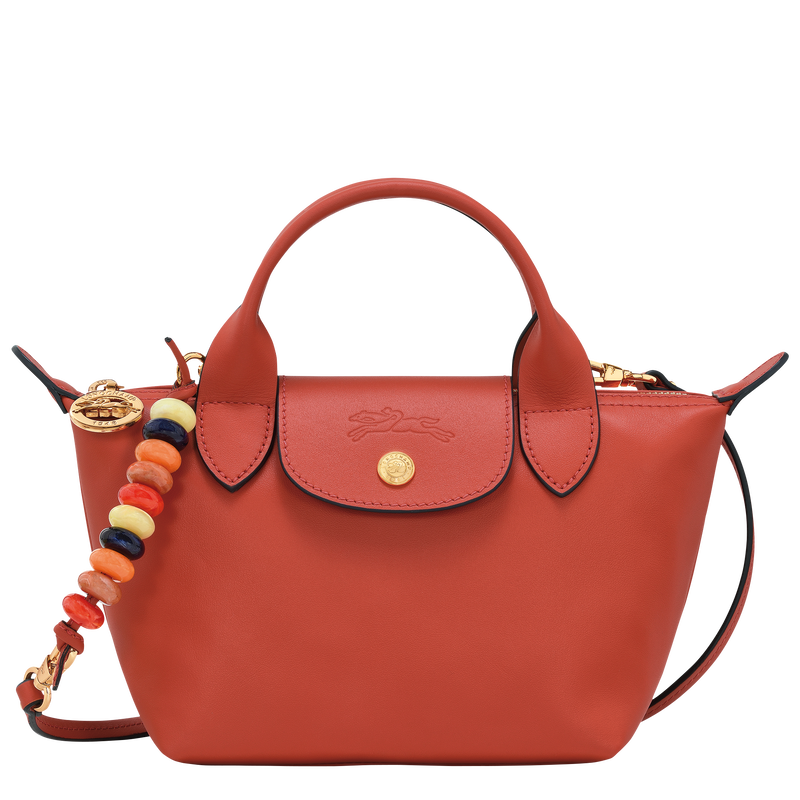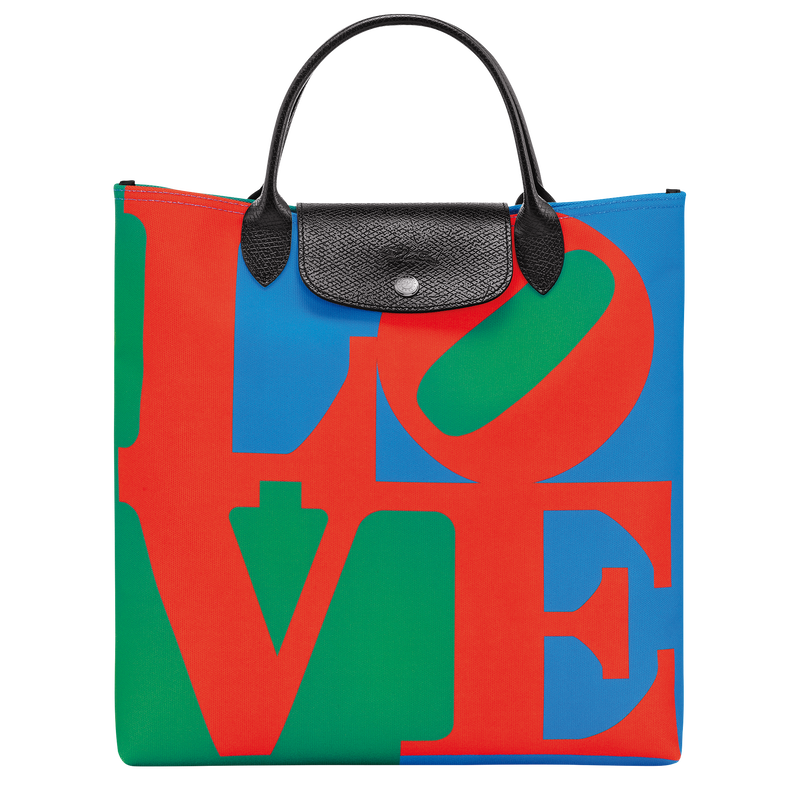Elegance runs in the family
Longchamp CEO Jean Cassegrain shares what it's like to run the family business
By Poch Eulalia
At A Glance
- 'We have a unique personality. We are not trying to be like someone else, just ourselves. The basis of our values is authenticity.'

What began as a simple leather pipe business started by Jean Cassegrain over 70 years ago has evolved into a provider of luxury leather goods. His grandson, who shares the same name, took over the reigns of running the Longchamp business 30 years ago. With him at the helm, Longchamp has marked itself as a global brand by adding accessories, ready-to-wear, eyewear, and shoes. Currently, the brand has over 300 stores in 80 countries. In his recent visit to the Philippines, we asked Cassegrain what it was like running the family business.
What is it like to carry on this legacy?
It’s a (big) responsibility to be continuing the business for the family. In over 76 years, I am only the third CEO of the company so there has not been much changes. It’s very exciting to work in the family business. There is a high degree of confidence between us not only because it’s family-owned, but because all of us work in the company. Both of my parents used to work in the company until they passed away. But it would also be my brother, my sister, and myself, who are all very active with specific roles in the company with each other's specific roles. Now, I have two boys and one niece who also work with us. They are the fourth generation. The family is very much in the business every day.

With the recent resurgence of retro and nostalgic items, is there any interest in reviving Longchamp’s origins as a seller of pipes?
There is an interest for these products but not a commercial interest, more of a cultural interest. A lot of our products can be found on websites that sell vintage objects. We do buy some of our vintage products online all the time for our collection. We put them forward in our stores. During the pandemic, we redesigned our stores. Before, when we had vintage products in our stores, we used to put them under glass, museumlike. Now, we don't do that anymore. We just put them on the table so that they feel more alive. Yes, there is an interest but I don't have a plan to relaunch the collection of pipes.
How did you arrive at the decision to penetrate the Asian market through the Philippines?
We have been selling in the Philippines (since back) in the 1950s and 1960s. My grandfather in Paris was selling the pipes after World War II to Allied troops, who were in Paris. The Americans, the Australians, the British, and the young men were very much into pipe smoking but then they left. My grandfather was an entrepreneurial young man so he followed these customers. There were American soldiers in the Philippines and they had these stores called PX (post exchange) stores. They were like the ancestors of the Duty Free stores. There were some in Japan, Germany, and the US as well. He started exporting through the American army bases all over the world, and then through American department stores, Japanese department stores. The company was founded in 1948, two years later in 1950, he already hired someone in charge of exports. He had a small export department. My grandfather used to speak English and German. He was very comfortable traveling internationally. My father traveled around as well. I think it has been in our DNA for a very long time. We are open to the world. The brand is very much associated with travel.

What makes Longchamp stand out?
We are not trying to be like someone else, just ourselves. The basis of our values is authenticity. We try to be very sincere in everything we are saying to the public. There is also the know-how and the craftsmanship that is very much the heart of what we are [as] manufacturers, as opposed to many brands today that are just brands moving continuously around the world. We make the products with our hands. It gives us the mindset that is very practical, like an artisan. Authenticity, craftsmanship, sincerity, but also an element of energy, curiosity, being curious about the world as a traveler like my father and grandfather very early on who (traveled) to see the world not only to sell products but also bring new ideas are what we call creative curiosity. We (have) a lot of optimism (and) positivity. Our brand is known for color. We are not the brand that is cold or off-putting. We are very welcoming, warm, positive, happy.
Are there exclusive items only sold in the Philippines?
We don’t often do that. We could consider. Sometimes we do limited bags associated with the city, maybe one day we could make a Manila bag like the New York or the Paris bag.

Do you have any product recommendations for the Filipino market?
A lot of people are familiar with our Le Pliage bag, the nylon folding bags that have been very popular for 30 years now. If they like this bag, what they’ll want to look at is the new version of it, the Le Pliage Extra. It has become extremely popular as well all across Asia. There are mini versions of it that are extremely cute.
Are there any big collaborations with artists we can look forward to?
We’ve had some very significant collaborations last year with several artists. We have one starting these days with a French artisan. They work on sandals in Saint-Tropez, an iconic village south of France. In this village, there is an artisan famous for his sandals. We are making a collaboration with him and giving our own touch and take on his iconic product. Robert Indiana is also a collaboration that is ongoing. If you're n o t familiar with the artist, you might be familiar with his work, the LOVE sculptures. He passed away five years ago and he created his work in the 1950s. It has become so iconic. We collaborated with the foundation that represents him and we were the first brand to be allowed to create products based on that iconic work. We are quite proud we were the first ones. We feel that this artist and his work in particular [are] very much in line with the values of the brand. If you seek out his sculpture, it’s about simplicity. Our brand is not about complicated things, we are about making things simple, which is difficult, sometimes more difficult than making complicated things. Simplicity, graphic perfection, extremely well-designed, precise with the proportions and everything, careful, and also it’s a universal message. What’s more universal than love? When you put all this together, the universal element, the color, the positive message, it’s really us.

What sustainable practices does Longchamp observe?
It’s very much part of the implicit contract we have with our customers. Our customers come to Longchamp because they trust us. We must not betray that trust. Trust before was based on quality. Now it’s also based on responsibility. I think if the customer felt betrayed, felt that maybe the brand is not buying in a responsible way, that would make the brand not successful in the long run.
One of things we are trying to do is reduce our carbon footprint. One of the biggest projects we’ve done for this to date is we have changed the nylon that we use for our Le Pliage folding bags. As you know they are very popular, we sell a lot of them. Nylon is polyamide, it’s petrol. In the last three years, we’ve changed everything and we are now making them with recycled polyamide. Instead of being from virgin fiber, from petrol, it is from waste like carpets, fishnets, stockings made from recyclable polyamide that we make the new thread. The beauty of this is that the quality is exactly the same. There is no compromise on quality. It is going to give you the same service for as many years as if it were made from virgin fiber. With this project, we’ve lowered the carbon footprint of each bag by 20 percent. Now, all of our collections, all of the canvas (bags) in our lines, are made from recycled fiber, sometimes recycled polyamide or recycled polyester.
Another example is that we are in the process of installing solar panels in our main factory. We are going to produce 50 percent of the electricity used on that site. We have worked on our packaging so that it is fully recyclable. All the paper we use is FSC-certified, meaning it comes from forests that are well-managed. Our silk is now GOTS-certified meaning it is organic-certified. (We are also certified by) LWG for the leather. LWG is a certification for tanneries. A hundred percent of the tanneries we work with are LEGaudited and 70 percent of them receive the gold level, the highest there is.